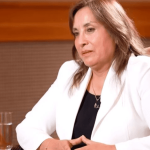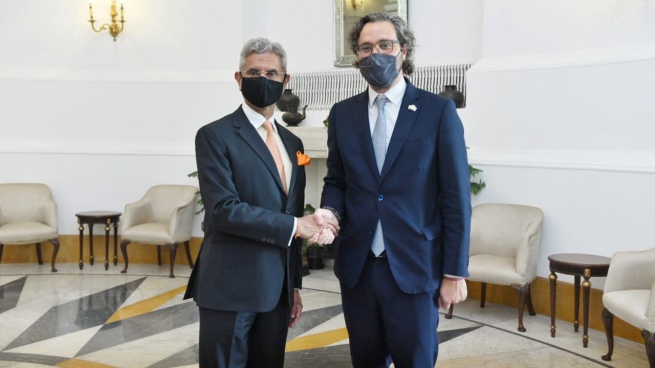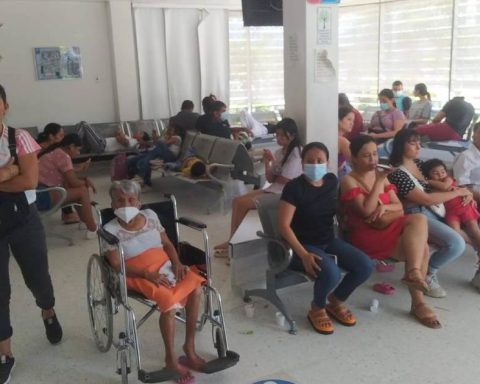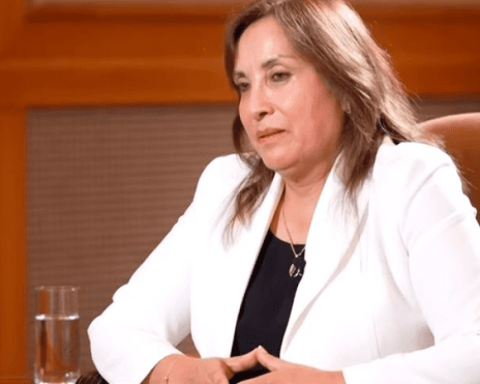Caused by a parasite transmitted by mosquitoes, malaria remains a scourge, especially for African childrendespite the recent arrival of a vaccine.
Malaria (another name for malaria), whose world day is Monday, April 25, caused the death of 627,000 people worldwide in 2020according to an estimate by the World Health Organization (WHO).
The number of deaths increased by 12% in 12 monthsmainly due to the “interruptions” in access to assistance, related to the covid-19 pandemic.
– 50% of the world population affected –
Half of the world’s population is at risk of contracting malaria. In 2020, 241 million cases of malaria were recorded worldwide, according to the WHO. The Eastern Mediterranean, the Pacific, the Americas and Southeast Asia are risk areas.
In June 2021, the disease was officially declared eradicated from China after four years without any autochthonous cases, compared to the 30 million annual cases reported in the 1940s.
– Especially in Africa –
The vast majority of cases (95%) and deaths (96%) occur in Africa: This region “bears a large and disproportionate share of the global burden of malaria,” regrets the WHO.
Just over half of the world’s cases occur in four African countries: Nigeria (31.9% of cases in 2020), Democratic Republic of the Congo (13.2%), Tanzania (4.1%) and Mozambique (3.8%).
– Children under five years old –
At the same time, “Children under the age of five are the most vulnerable group affected by malaria,” the organization noted.
In 2020, children under five years of age accounted for 80% of malaria deaths on the African continent.
– Five types of parasites –
Malaria is a disease that has been recorded since ancient times, and manifests itself with fever, headache and muscle aches, followed by cycles of chills, fever and sweating.
A total of five species of parasites of the genus Plasmodium, all of them transmitted by mosquito bites, are responsible for this disease.
Plasmodium falciparum is the most pathogenic species and is responsible for fatal cases. It is found in tropical areas of Africa, Latin America and Asia.
– Preventive and curative treatments –
There are several types of preventive and curative treatments.
Early diagnosis and treatment reduce the intensity of the disease, prevent deaths and limit transmission.
According to the WHO, “The best available treatment, especially for Plasmodium falciparum malaria, is artemisinin-based combination therapy.”
Preventive treatments are also recommended for pregnant women and babies who live in high-risk areas and for those who travel to the most affected regions.
The “vector control” against the transmitting mosquito is also an important response to the disease, with the use, recommended by the WHO, of insecticide-treated mosquito nets.
– A vaccine recommended by the WHO –
One vaccine, developed by the British pharmaceutical group GSK, “RTS,S” targets the most threatening species of Plasmodium, P. falciparum.
Following the success of trials in Malawi, Ghana and Kenya, the WHO recommended in October 2021 the “wide use” of this vaccine in children living in high-risk areas, mainly in Africa.
According to the organization, the vaccine “has been shown to significantly reduce malaria mortality in young children.”
In the coming years, other vaccines could be developed, including one from the University of Oxford, Matrix, which in trials has shown very high efficacy.
with the AFP
Caused by a parasite transmitted by mosquitoes, malaria remains a scourge, especially for African childrendespite the recent arrival of a vaccine.
Malaria (another name for malaria), whose world day is Monday, April 25, caused the death of 627,000 people worldwide in 2020according to an estimate by the World Health Organization (WHO).
The number of deaths increased by 12% in 12 monthsmainly due to the “interruptions” in access to assistance, related to the covid-19 pandemic.
– 50% of the world population affected –
Half of the world’s population is at risk of contracting malaria. In 2020, 241 million cases of malaria were recorded worldwide, according to the WHO. The Eastern Mediterranean, the Pacific, the Americas and Southeast Asia are risk areas.
In June 2021, the disease was officially declared eradicated from China after four years without any autochthonous cases, compared to the 30 million annual cases reported in the 1940s.
– Especially in Africa –
The vast majority of cases (95%) and deaths (96%) occur in Africa: This region “bears a large and disproportionate share of the global burden of malaria,” regrets the WHO.
Just over half of the world’s cases occur in four African countries: Nigeria (31.9% of cases in 2020), Democratic Republic of the Congo (13.2%), Tanzania (4.1%) and Mozambique (3.8%).
– Children under five years old –
At the same time, “Children under the age of five are the most vulnerable group affected by malaria,” the organization noted.
In 2020, children under five years of age accounted for 80% of malaria deaths on the African continent.
– Five types of parasites –
Malaria is a disease that has been recorded since ancient times, and manifests itself with fever, headache and muscle aches, followed by cycles of chills, fever and sweating.
A total of five species of parasites of the genus Plasmodium, all of them transmitted by mosquito bites, are responsible for this disease.
Plasmodium falciparum is the most pathogenic species and is responsible for fatal cases. It is found in tropical areas of Africa, Latin America and Asia.
– Preventive and curative treatments –
There are several types of preventive and curative treatments.
Early diagnosis and treatment reduce the intensity of the disease, prevent deaths and limit transmission.
According to the WHO, “The best available treatment, especially for Plasmodium falciparum malaria, is artemisinin-based combination therapy.”
Preventive treatments are also recommended for pregnant women and babies who live in high-risk areas and for those who travel to the most affected regions.
The “vector control” against the transmitting mosquito is also an important response to the disease, with the use, recommended by the WHO, of insecticide-treated mosquito nets.
– A vaccine recommended by the WHO –
One vaccine, developed by the British pharmaceutical group GSK, “RTS,S” targets the most threatening species of Plasmodium, P. falciparum.
Following the success of trials in Malawi, Ghana and Kenya, the WHO recommended in October 2021 the “wide use” of this vaccine in children living in high-risk areas, mainly in Africa.
According to the organization, the vaccine “has been shown to significantly reduce malaria mortality in young children.”
In the coming years, other vaccines could be developed, including one from the University of Oxford, Matrix, which in trials has shown very high efficacy.
with the AFP
;
















